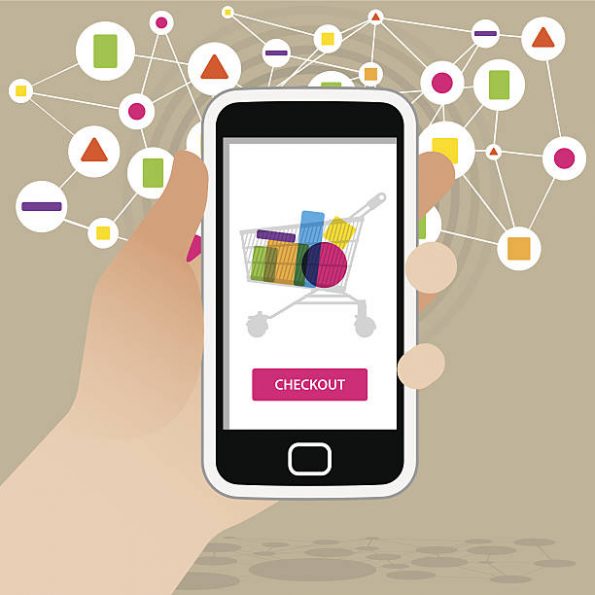How to Optimize Your Shopping Cart Page for Mobile
Due to mobile user growth over the last decade, it is essential that every business optimizes their eCommerce site for mobile users first. This is especially true on the shopping cart page. Your shopping cart page must be optimized, fully responsive and user friendly to mobile users if you want to remain in business.
If you’re like most of the customers who use our products, you’ve watched each month as the number of mobile visitors and shoppers on your store consistently increases.
And while screens are getting smaller (I’m looking at you Apple Watch), consumer demand for products that solve their problems has only grown. So the question for you and me is how do we make sure our products are easy find and easy to buy on mobile?
In the biz we call this “Mobile Optimization”; a fancy term for “make my stuff easy to use on mobile.”
The most important part of optimizing your shopping cart page for mobile is understanding that it never ends. This is actually a good thing.
You want to always be testing and tweaking because that’s how you find the winners. See once you find something that’s working really well, your job is to find something that will work even better.
This is the kind of mindset you want to cultivate in yourself and your team. And it’s the type of mindset I want you to be aware of as you go through the advice below.
Optimizing Your Shopping Cart Page for Mobile
- Guest Checkout – On a mobile device you want to introduce as few steps as possible. It’s common for eCommerce stores to require customers to create an account. But do this to mobile users and you’ll watch your sales suffer. Instead allow mobile shoppers to checkout as a guest. Here are some examples you can model:
- Use the number keyboard whenever possible. If you’re capturing data like a zip code and phone number, take advantage of the easy to use numeric keyboard on mobile devices. You can do this by setting the input type to equal “number” in your code. <input type = “number”/>
- Make use of trust icons. Trust icons are the icons that tell users your site is secure and safe. These are images you want to be visible, especially around the purchase button. If you’re not using them now, there’s a strong chance that adding them will optimize your shopping cart page for increased conversions.
- Auto fill addresses. Give your customer’s thumbs a rest. Don’t make them type out their full address if they don’t have to. There’s a way to make this much easier for them which in turn makes your store more profitable for you. The best way to set this up is to make use of the data available through our friends at Google. You can use the info in the link below to set this up on store. When a customer is checking out, all they have to do is enter the first few letters of their street address and Google will present them with likely candidates. This will also reduce typos and returns. Click here for more info.
- Disable auto-correct. As I mentioned in the paragraph above, typos happen especially on mobile. We’ve all seen those hilarious autocorrect fails and those are cool…but not when someone is trying to give us money! To disable auto-correct for a form field all you have to do is set: autocorrect=”off” and you’re done.
- Make use of Click to Call. If you have a customer support team a feature you can add that is uniquely mobile is the “click to call” feature. The nice thing about getting a prospective customer on the phone, is you can answer all their questions in real time but you also have the chance to sell them even more! This is assuming your support team is also trained on how to increase the shopping cart value. Alternatively, you can also use “Click to Call” on your thank you page. This works well if your business is personality driven. After a purchase you can offer your customer the chance to listen to a special message from the face of your company. It’s a way to add an even deeper connection but also gives you another datapoint in terms of engagement of that particular customer.
As I said earlier, the goal of optimizing your shopping cart page (or any page) for mobile is to increase conversions. We never reach a point of completion. It’s ongoing.
The tips above are great places to start but they’re by no means exhaustive. If you have other optimization tactics that have worked for you, please share them below!

